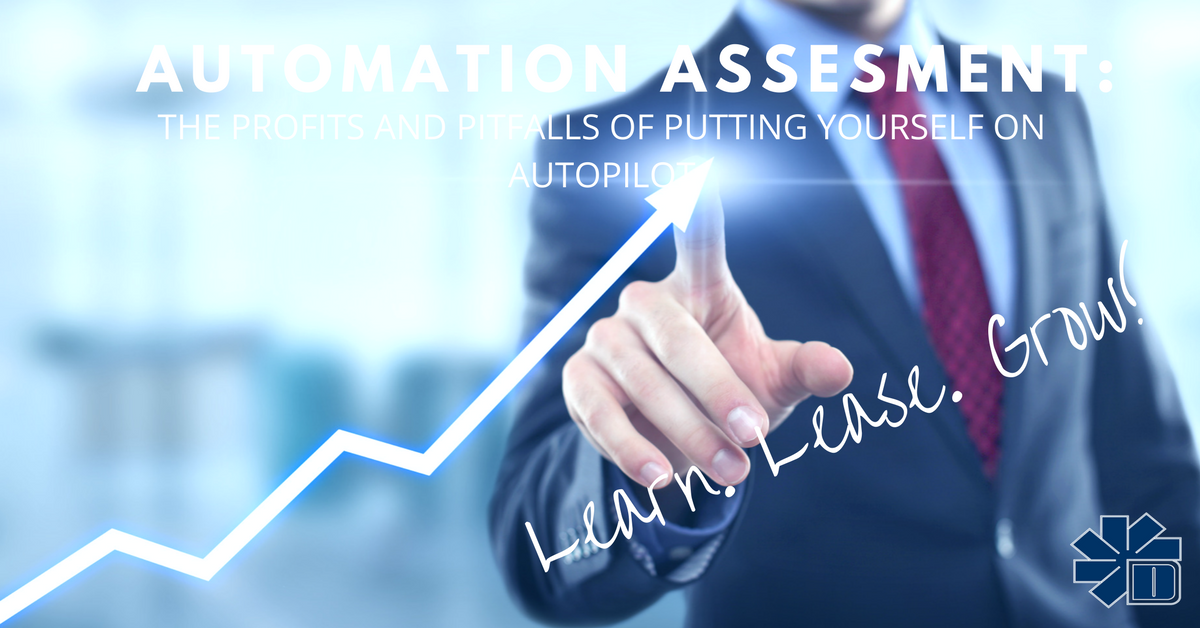Automation Assessment: The Profits & Pitfalls Of Putting Your Brewery Operations On Autopilot

- March 1, 2018
- 12:00 pm
- Brewery, Equipment
It’s hard to overstate the significance of automation. Processes that once took dozens of people can now be done with only one or even no one, giving businesses in virtually every industry an opportunity to cut costs and boost output. Breweries are no exception; automation lets you put everything from bottling to canning to sanitation on autopilot. While there are many benefits to automating these activities, there are also significant costs to doing so. Make sure to weigh these factors carefully before you make the transition.
Advantages of Brewery Automating
One of the greatest advantages of brewery automation is that it allows you to cut your operating costs significantly. By relying on machines and software to carry out essential activities, you can perform those activities at a fraction of their current costs, all while freeing up your employees to focus on strategic planning and other big-picture activities. Granted, automation equipment does require energy and maintenance, which can be expensive. But the more activities you’re automating, the more likely it is to be a net benefit.
Besides cutting operating costs, automation tends to improve consistency. A greater reliance on machinery means that you are less vulnerable to human error. You thus won’t have to worry as much about incorrect product assembly, incomplete cleaning services, and other such issues. This further lowers daily expenses while letting you improve product quality, leading to greater customer satisfaction.
Costs & Negative Consequences
For all the advantages of automation, it isn’t an unqualified benefit. Automation equipment is expensive, and while your savings on operating costs will eventually outweigh these charges, many breweries don’t have the cash to make this investment in the first place. Even if you do have enough money for such purchases, you may not want to tie it all up in capital equipment. Doing so leaves you with less money to spend on other needs. Given that your costs may suddenly go up in response to some emergency or supply shortage, you don’t want to be caught without cash on hand.
As serious as this problem is, there is a relatively simple solution: working capital. Instead of buying the equipment outright, you can use a working capital loan to pay for it, and then repay the loan using the profits that the new equipment helps you generate. In effect, you will be spreading out the cost of the equipment over time rather than paying it all at the beginning.
Dimension Funding offers working capital loans and leases for automated brewery equipment and a myriad of other business purchases. For more information, visit our website today.
Recent Posts
- Bonus Depreciation is About to Phase Down to 80% in 2023 December 29, 2022
- Tax Benefits of Buying Equipment & Software Before December 31, 2022 December 8, 2022
- How the Inflation Reduction Act Impacts your Business and You and your Family August 16, 2022
- Recession? What Recession? July 27, 2022
- Dimension Funding Has Paperless Financing April 26, 2022

